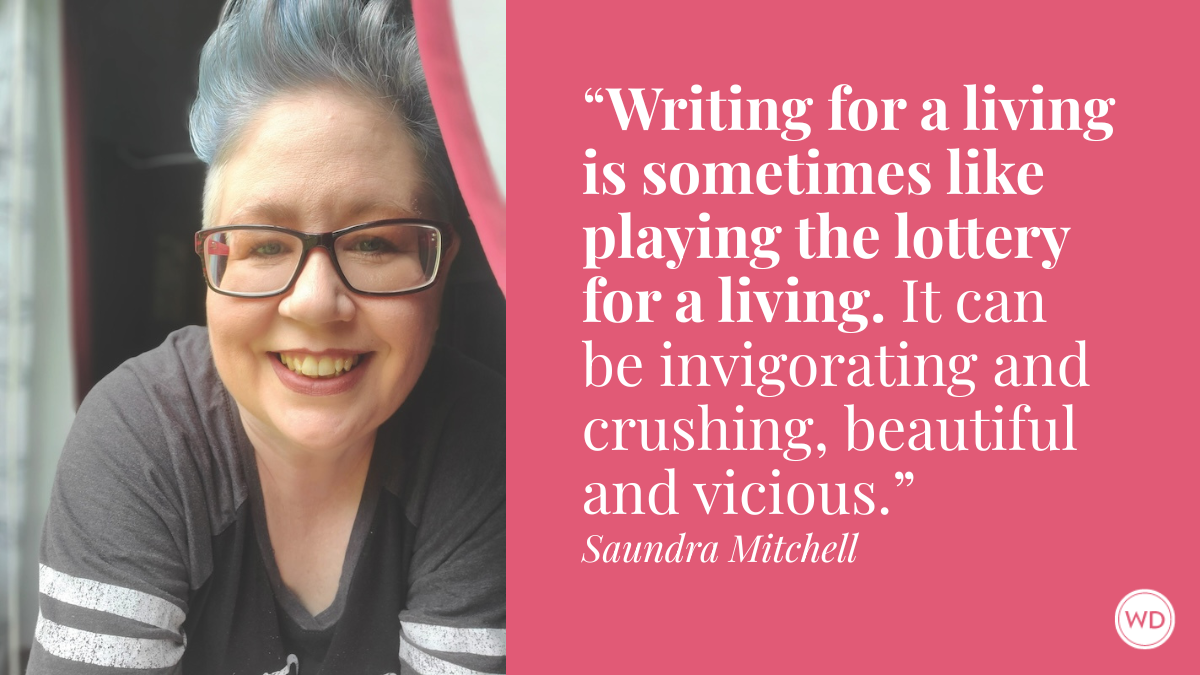The 4 Best Attractions in Central Park for Poets
Award-winning poet Aaron Poochigian shares his four best attractions in New York City’s Central Park for poets.
Central Park is a place of imagination. Writers as illustrious as Henry James and F. Scott Fitzgerald have seen its meadows as scenes of pastoral innocence, its ravines as romantic chasms, and its forests as haunting wildernesses. Tracing its literary pedigree would fill many dissertations. This modest expedition focuses on the poetry of the park and what the park has to say to and about poets.
The Literary Walk
Let’s start with the Literary Walk. Head west into the park at 69th street, and you’ll reach the south end of the elm-fringed boulevard called the Mall. It’s rich in statues that hallow literary luminaries. No self-respecting poetic tour of the park could leave out Shakespeare. There he stands in bronze with his skin-tight hose making his legs look skinny in contrast to his torso’s doublet and cloak. He made the magic of the English tongue and, to judge from his self-assured expression, knows it. So much voltage, so much zing. Four hundred years, and his work still nightly lightnings from electric lips. Other Bard-related attractions in the park include the Shakespeare Garden, with its plants and flowers labeled with his verses, and the Delacorte Theater, which puts on free productions of his plays each summer.
If you stroll a little further up the Mall, you’ll meet with the Scottish national poet and lyricist Robert “Rabbie” Burns. Everyone knows “Auld Lang Syne”—he wrote the thing. A cloak draped dashingly over his shoulder, his eyes inclined upward toward heavenly inspiration, he is the epitome of a Romantic poet. He seems to be in the very act of addressing his true love “Highland” Mary Campbell, who died young. Part of his poem to her, “To Mary in Heaven,” is inscribed on a scroll at his feet. For a taste:
Eternity cannot efface
Those records dear of transports past.
Thy image at our last embrace,
Ah! little thought we 'twas our last!
Opposite him sits Sir Walter Scott, the Scottish dynamo who packed rapture into expansive novels and panting lyric poems. Wildly popular during his lifetime, he taught grand passions to a bookworm age.
Last, a little further north, the lone American: Fitz-Greene Halleck. Half Yankee Byron, half New York Thoreau, he wrote verse lampoons and nature poems from the outlook of Appalachia’s brow. Though he was a big star in his day, no one reads him now. His work is overdue for a revival.
Cherry Hill
Take a path northwest from Bethesda Terrace, and you’ll go from full sun to the daze of Cherry Hill. Here, toward the end of March, Yoshino and Kwanzan cherry trees, natives of Japan, bloom hot pink and white and emanate a perfume that smells like almonds taste. Every year the Cherry Blossom Festival, a rite of spring, celebrates the sensory banquet this attraction serves up. Visitors arrive in droves and feast their eyes and breathe their fill. A good, deep huff, and you’ll be whooshed westbound across divides and islands, the Date Line, and meditating in a Shinto shrine.
Head uphill under the blossoms, and you’ll reach a round, red-brick plateau and, at its heart, a pool whose finial showcases sheer excess. One chucks modesty to admire the blinged-out bronze petals and bulbs ascending tier on tier. The basin is abrim with liquid art. The water magnifies wheat sheaves, American shields and shined profiles of ol’ Abe Lincoln from whatever year, and every cent is what we most desire.
Strawberry Fields
After you leave the banks of the Lake, hike westward up a steep hill, and you’ll reach the peace garden called “Strawberry Fields.” Pause to catch your breath, slow down and take in the shrubs and trees brought together from all over the world.
There’s spicebush with its scarlet flowers giving off an aroma that’s part cinnamon and part strawberry. There are mountain laurels that launch their pollen into the breeze when butterflies and bumblebees land on their stamens. The greenery grows here in memory of John Lennon, who was shot across the street at the Dakota on December 8, 1980. His widow, Yoko Ono, who still lives there, donated over a million dollars toward the memorial. A great lyricist and performer as well as the composer of the song “Strawberry Fields Forever,” Lennon belongs here in a poetic tour of the park.
A wide, circular gray-and-white mosaic in the pavement centers on the word “Imagine” and encourages the visitor to be “a dreamer” and hope “the world will be as one.” People often leave bouquets to decorate it, as if it were a shrine. Come on a summer afternoon, sit among the ablaze azaleas and listen to the strummers crooning both John’s solo song “Imagine” and Beatles’ classics.
The Alice in Wonderland Statue
Just north of the Model Boat Pond, you can pay your respects to Alice of Wonderland, the Empress of Pretend. As if at home enthroned atop the cap of a bronze mushroom, she is greeting a kitten climbing up her lap. Around her stand the zanies who inhabit Wonderland: the be-Wellingtoned Mad Hatter, the pocket-watch-harassed White Rabbit, and the dozy Dormouse. The Cheshire Cat’s grin is beaming mischievously in the background.
This scene is like a chakra of the imagination, highly poetic because of both its cast of make-believe characters and its emphasis on playfulness, which, as I see it, is an essential creative virtue. What’s more, Lewis Carroll, the author of “Alice in Wonderland” and “Through the Looking Glass,” wrote “Jabberwocky,” which many, many people name as their favorite poem.
This sculpture wants you to join it, so don’t stay back at Museum-distance sitting on one of the benches ranged along the fence. Go walk among the wonders, climb and play. Go live a life of curious events.
*****
I hope this brief vacation in Central Park has shown that it both abounds in the sensory material of poetry and incites the visitor to give way to a frolicsome, inventive cast of mind. The former will send you back to your creative life with fresh sights, sounds, scents, tastes and textures to draw on. The latter will help you transform your ideas into art through the magic of an openness welcoming to metaphor and association.
Check out Aaron Poochigian's Four Walks in Central Park here:
(WD uses affiliate links)








